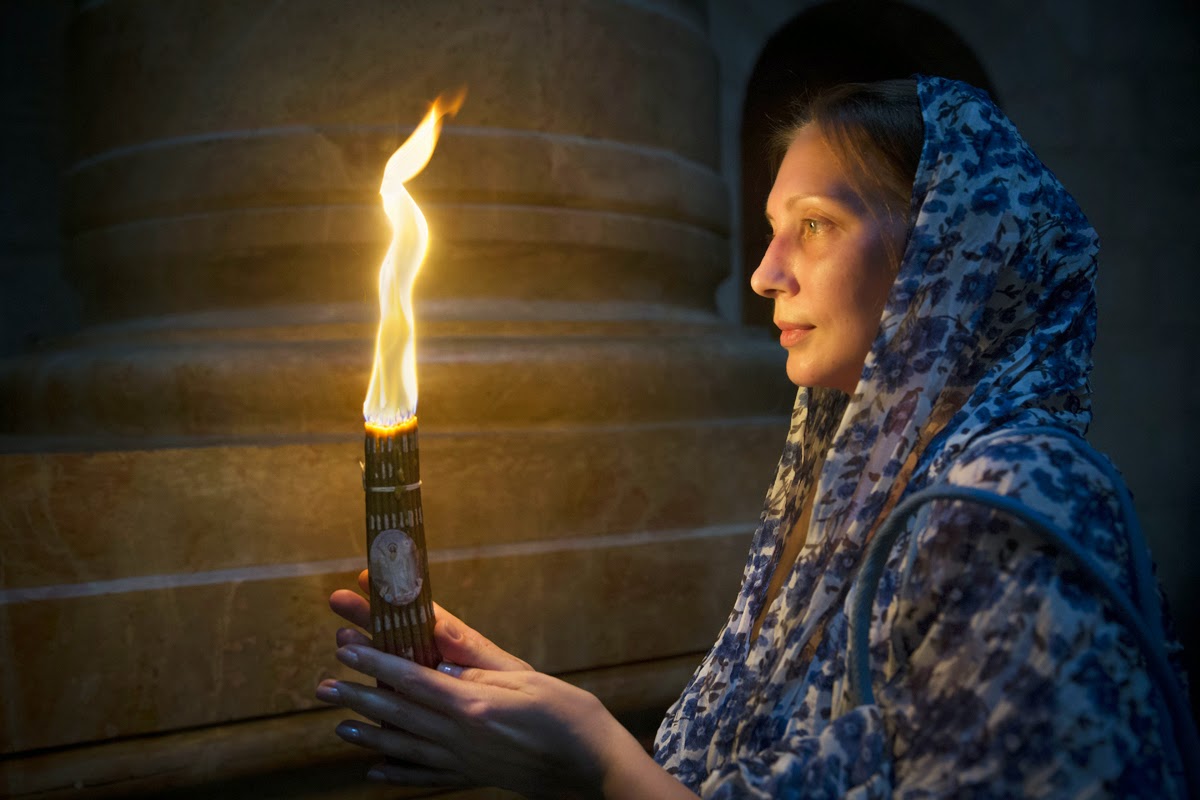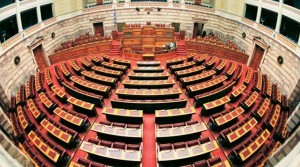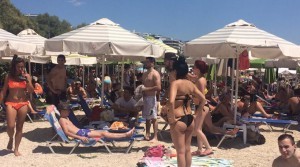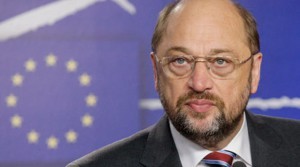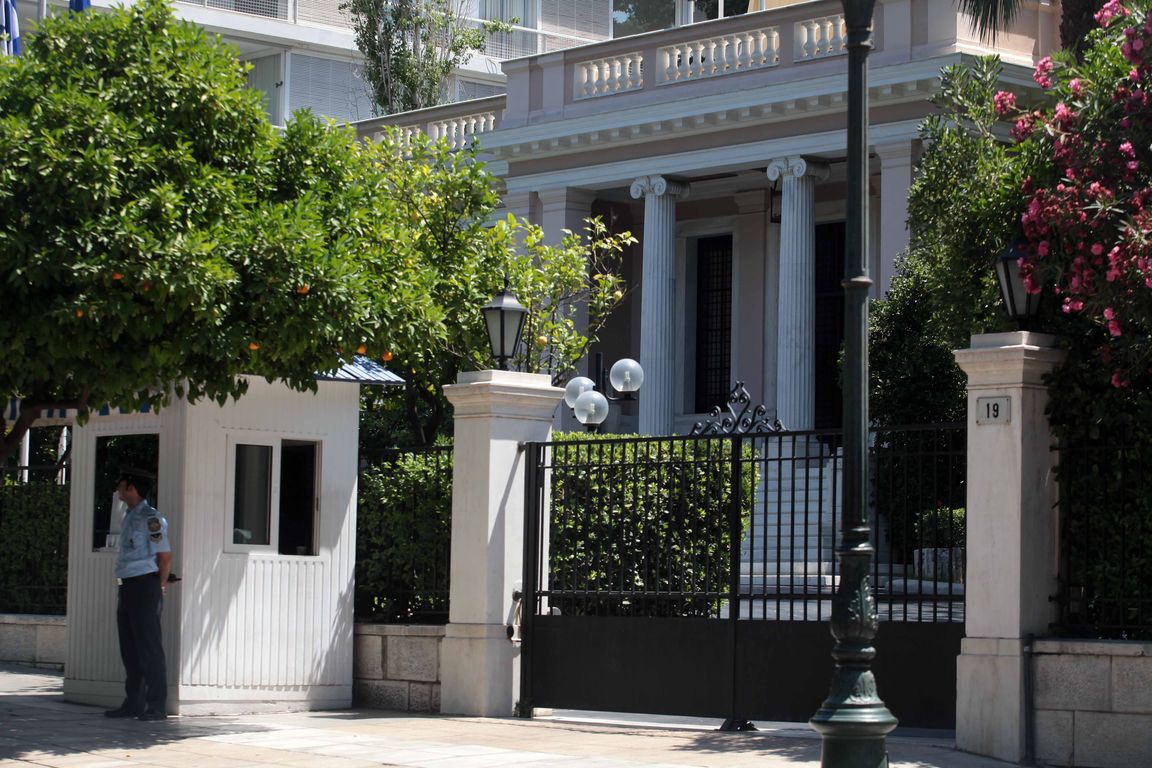Israeli photographer Dafna Tal’s work is to be featured at the Byzantine and Christian Museum in an exhibition, titled The Orthodox of the Holy Land, that is set to run from December 8 through to January 21. Photos were taken from 2013 through to 2015 and are the result of a collaboration between the Greek and Russian Orthodox churches and is being held under the auspices of the Israeli Embassy in Greece as an event marking the 25th anniversary since Greece and Israel established diplomatic relations.
Tal’s description of her work:
The Orthodox of the Holy Land is my personal depiction of the Greek-Orthodox church in and around Jerusalem. It is intense work that was done over a number of years resulting in a series of images of the daily practice of the church, which is normally behind closed doors.
The Greek-Orthodox Patriarchate has had a continuous presence in the Holy Land for over 1700 years and is considered the “mother church” of the region. Some of the images included in this series are from additional Orthodox patriarchates that share similar ancient Christian and cultural tradition.
The series includes images from the churches’ holy sites, feasts and people, all of which are characterised by timeless tradition, rituals and beliefs. It is this ageless character of the churches which has fuelled my interest in the city’s patriarchates, some of which have endured since the 4th Century.
It is in these ancient holy monasteries, convents and churches that christian pilgrims from around the Orthodox world gather. Many of these sites are decorated with age-worn mosaics and frescoes, portraying saints from the religious scripts and history. These murals and icons elicit a special and powerful reaction in the visiting pilgrims and resident clergy. Many of my pictures attempt to capture these moments of deep prayer and reflect the genuine personal devotion and communion with god with which the faithful radiate.
The photographs are framed by the dramatic light and contrast of their settings. This reliance on overly contrasty natural light, often complimented by the traditional candle lights used in Orthodox ceremonies, was an attempt to reflect both the atmosphere and traditional feel of Orthodox ceremonies authentically. The sharp transition between light and shadow is a consistent theme of the pictures, which also added a technical difficulty to the non-intrusive aspect of my work.
These images would not have been possible for me to produce without the churches help and consent throughout the project. They are the result of long built relationships, based on trust and confidence. The result is a depiction of a religious world of ancients traditions, a world which continues to live and function in an environment which has changed outside its doors almost unrecognisably.
Ask me anything
Explore related questions
